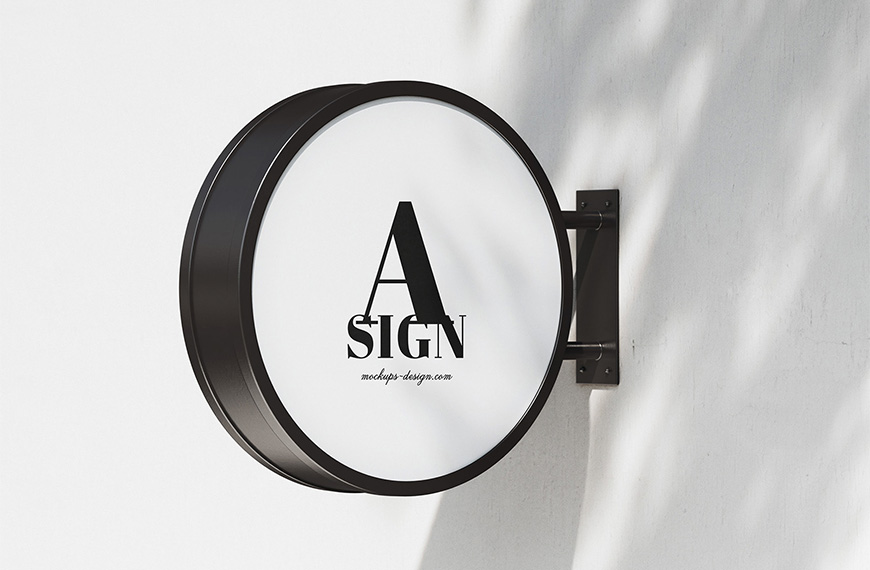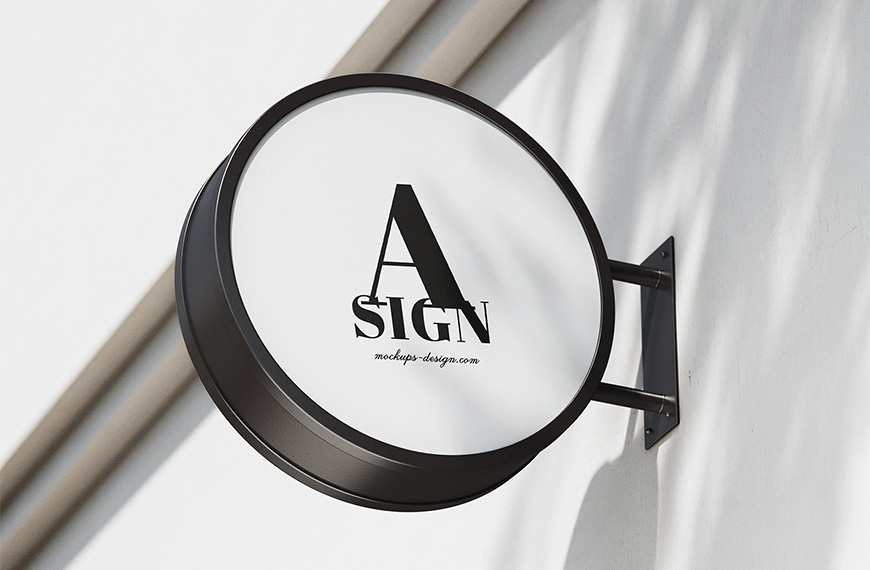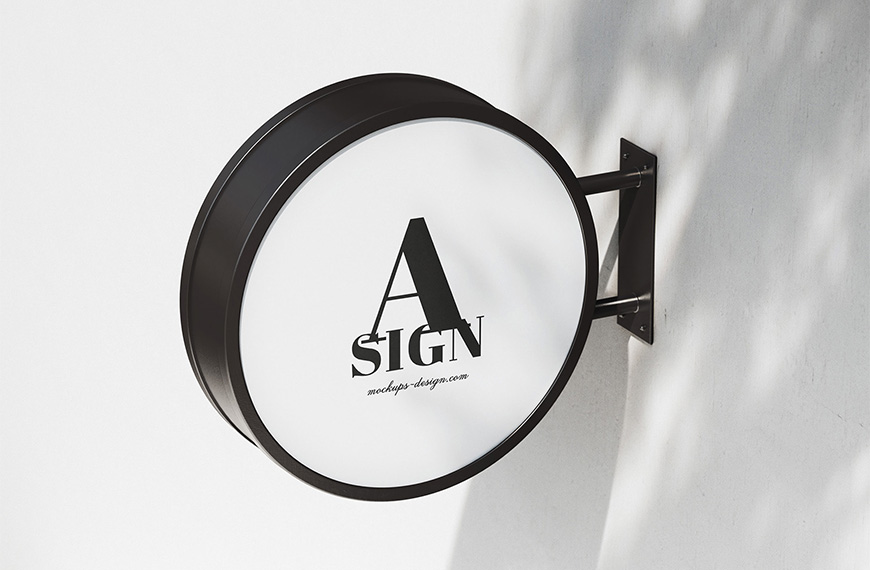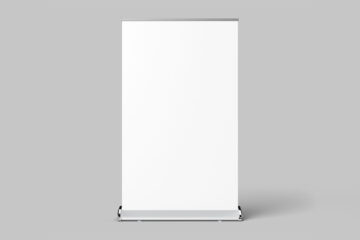Sign mockups play a pivotal role in the life of graphic designers, offering a canvas to showcase their designs in a realistic environment. However, to truly bring their creations to life, designers must master the art of dimensional adjustments when working with sign mockups. In this blog post, we will explore the importance of adapting dimensions in sign mockups and provide valuable insights for graphic designers seeking to enhance their skills.



Understanding the Significance of Dimensional Adjustments
When it comes to designing signage, accuracy is key. A well-designed sign not only conveys the intended message effectively but also fits seamlessly into its designated space. Sign mockups allow designers to visualize their creations in real-world settings, but achieving this realism requires careful consideration of dimensions.
Realism Enhances Presentation
Sign mockups serve as a bridge between the digital and physical worlds, allowing designers to present their work in a realistic context. Accurate dimensional adjustments contribute significantly to the authenticity of the presentation, enabling clients and stakeholders to envision the final product accurately.
Client Expectations
Clients often have specific requirements regarding the size and placement of signage. By mastering dimensional adjustments in sign mockups, designers can meet and exceed client expectations, fostering a stronger client-designer relationship.
Seamless Integration
Signage is integrated into diverse environments, such as storefronts, billboards, and trade show displays. Properly adjusting dimensions ensures that the designed sign seamlessly fits into its designated space, eliminating the risk of awkward placements or disproportionate sizing.
Tips for Dimensional Adjustments in Sign Mockups
Now that we understand the importance of dimensional accuracy, let’s delve into practical tips for graphic designers:
Research and Gather Information: Before diving into the design process, gather information about the physical space where the sign will be placed. Know the dimensions, surroundings, and any potential obstructions. This research forms the foundation for accurate dimensional adjustments.
Use High-Quality Mockup Templates: Choose mockup templates that offer customization options for dimensions. High-quality templates provide flexibility in adjusting width, height, and depth, ensuring a more precise representation of the final product.
Consider Viewing Angles: Different viewing angles can affect how a sign is perceived. Adjusting dimensions in a way that complements the intended viewing angle is crucial for a realistic representation. This is particularly important for outdoor signage viewed from various distances and angles.
Test Across Devices: With the prevalence of different devices and screen sizes, designers must test their sign mockups across various platforms. Ensure that the dimensions remain visually appealing and maintain their integrity regardless of the device used to view them.
Conclusion
Mastering dimensional adjustments in sign mockups is a valuable skill for graphic designers aiming to elevate their work. By prioritizing realism, meeting client expectations, and seamlessly integrating designs into diverse environments, designers can create impactful and effective signage. Through thorough research, the use of high-quality mockup templates, and consideration of viewing angles, designers can ensure their sign mockups accurately represent the final product, fostering client satisfaction and professional growth.
| Author | Mockups Design |
| File Type | .psd |
| Layered | Yes |
| Smart-Object | Yes |
| License | Commercial Use |







